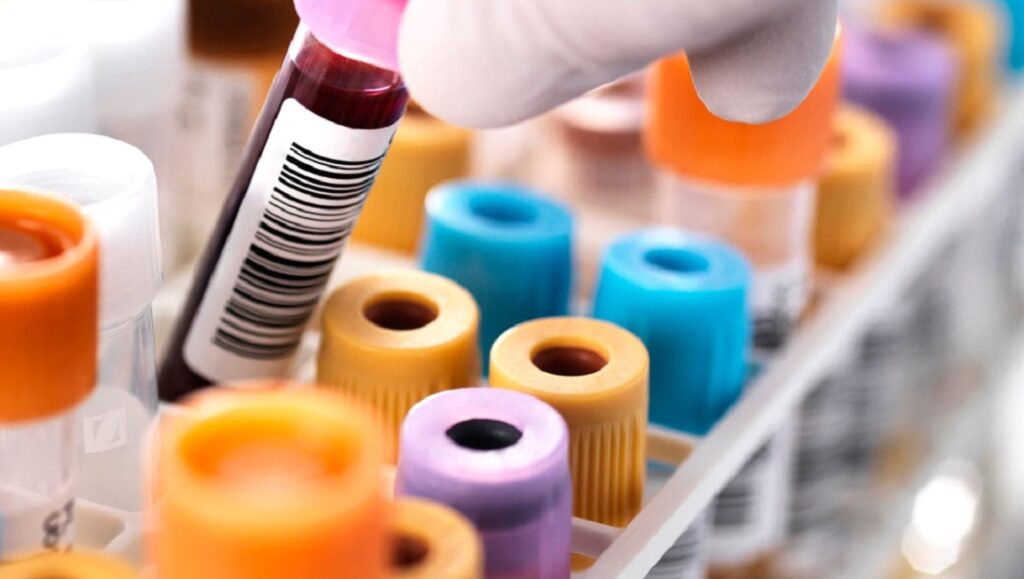In order to bring a new agricultural chemical formulation to the market, it must go through an extensive testing and trialing process. This process is necessary to ensure that the product is safe for consumers, farmers, and the environment. In this article, we will discuss the various steps involved in testing and trialing a new agricultural chemical formulation.
1. Lab-Based Trials
The first step in testing a new agricultural chemical formulation is to conduct lab-based trials. The agricultural chemical manufacturers test the product for its efficacy and safety. These trials are conducted under controlled conditions in order to minimize any risks.
The agricultural chemical is first tested on small, controlled groups of plants or animals. If the results of these trials are promising, the agricultural chemical is then tested on a larger scale. This allows the manufacturers to gather more data about the product and assess its safety.
2. Greenhouse Trials
After the lab-based trials, the next step is to conduct greenhouse trials. In these trials, the agricultural chemical is tested on larger groups of plants. The greenhouse trials are conducted under more realistic conditions than the lab-based trials. The aim of the greenhouse trials is to assess the agricultural chemicals under different conditions.
For example, the trials may be conducted under different temperature and humidity conditions. The trials may also be conducted with different types of plants. Greenhouse trials are important because they allow farmers to see how the agricultural chemical will perform in different conditions.
The greenhouse trials are conducted over a period of time, typically several months. At the end of the trials, the data is analyzed to see if the agricultural chemical is effective. If the agricultural chemical is effective, it may be approved for use by farmers.
3. Small Plot Trials
After the greenhouse trials, the next step is to conduct small pilot trials. In these trials, the chemist works with agronomists to test the agricultural chemical on their crops. The aim of these trials is to see how the agricultural chemical performs in a real-world setting. In addition to this, and in along with all the trials, it is also important to understand the future of biological formulations because they will be the main focus in the coming years. Moreover, the aim is also to test the agricultural chemical on different types of soils.
4. Large Plot Trials
In these trials, the agricultural chemical is tested on multiple acres in a number of locations. This allows for side-by-side comparisons against existing products. By evaluating the performance of the new formulation, the chemist can determine whether it is better or worse than what is currently available. These trials also reveal any benefits, advantages, or features that the new formulation may have over existing products.
5. Retailer/Grower Trials
The new formulation may also be tested by retailers or growers who are interested in using it. By testing the agricultural chemical on their own crops or in their greenhouses, they can provide valuable feedback to the chemist about its performance. This feedback can help the chemist to improve the formulation before it is released to the market.
Wrapping Up
Overall, the test and trial process for a new agricultural chemical formulation is important to ensure that the product meets the needs of farmers and growers. By testing the formulation in various situations, the chemist can be confident that they are releasing a high-quality product that will be effective for those who use it.











